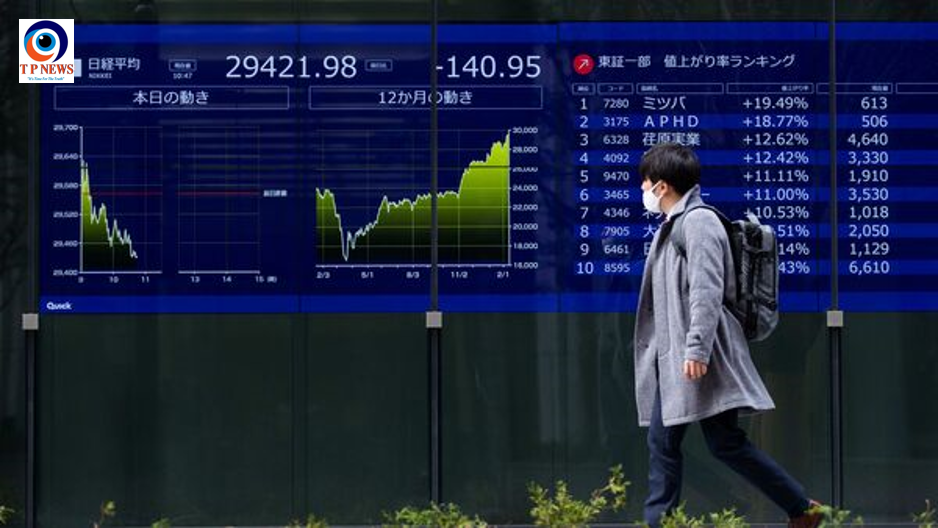In the realm of semiconductor giants, Nvidia has long been a prominent figure, boasting exponential growth and commanding a significant portion of the market. However, in a surprising turn of events, one of Nvidia’s key customers, server-maker Super Micro Computer, has managed to surpass even the formidable Jensen Huang-led company in terms of stock performance.
While Nvidia experienced a remarkable 80% surge over a 10-week rally, fueled by soaring demand for chips essential in artificial intelligence (AI) applications, Super Micro Computer emerged as the unsung hero of the tech sector. The server manufacturer’s partnership with Nvidia, supplying servers brimming with the chipmaker’s AI-driven processors, propelled Super Micro Computer’s revenue projections to double this year, according to a report by the Wall Street Journal.
In the past year alone, shares of Super Micro Computer skyrocketed by over 1200%, a staggering feat that caught the attention of investors and analysts alike. Such impressive growth has propelled the company to the threshold of joining the prestigious S&P 500 index of major US-listed companies, underscoring its newfound prominence in the tech landscape.
Established in Silicon Valley in 1993, the same year as Nvidia’s inception by Jensen Huang, Super Micro Computer’s meteoric rise reflects the symbiotic relationship between the two entities. While Nvidia basks in the spotlight for its cutting-edge AI technologies, Super Micro Computer quietly plays a pivotal role as a key supplier, capitalizing on the burgeoning demand for AI-infused servers.
Nvidia’s dominance in the chip market has not gone unnoticed, with the company’s stock achieving unparalleled heights and cementing its status as a heavyweight contender. Boasting a market capitalization of approximately $2.2 trillion, Nvidia trails closely behind tech behemoths Microsoft Corp and Apple Inc, solidifying its position as a formidable force in the industry.
Jensen Huang, Nvidia’s visionary CEO, recently ignited speculation about the imminent arrival of artificial general intelligence (AGI), suggesting that such advancements could materialize within the next five years. While the prospect of AGI remains a subject of fervent debate, Huang’s optimistic outlook underscores Nvidia’s relentless pursuit of technological innovation and its enduring influence on the future of AI.
As Nvidia continues to push the boundaries of AI research and development, its collaboration with stalwart partners like Super Micro Computer exemplifies the collective efforts driving the tech industry forward. Amidst a landscape characterized by rapid advancements and fierce competition, both companies stand poised to shape the trajectory of AI-driven innovation for years to come.












